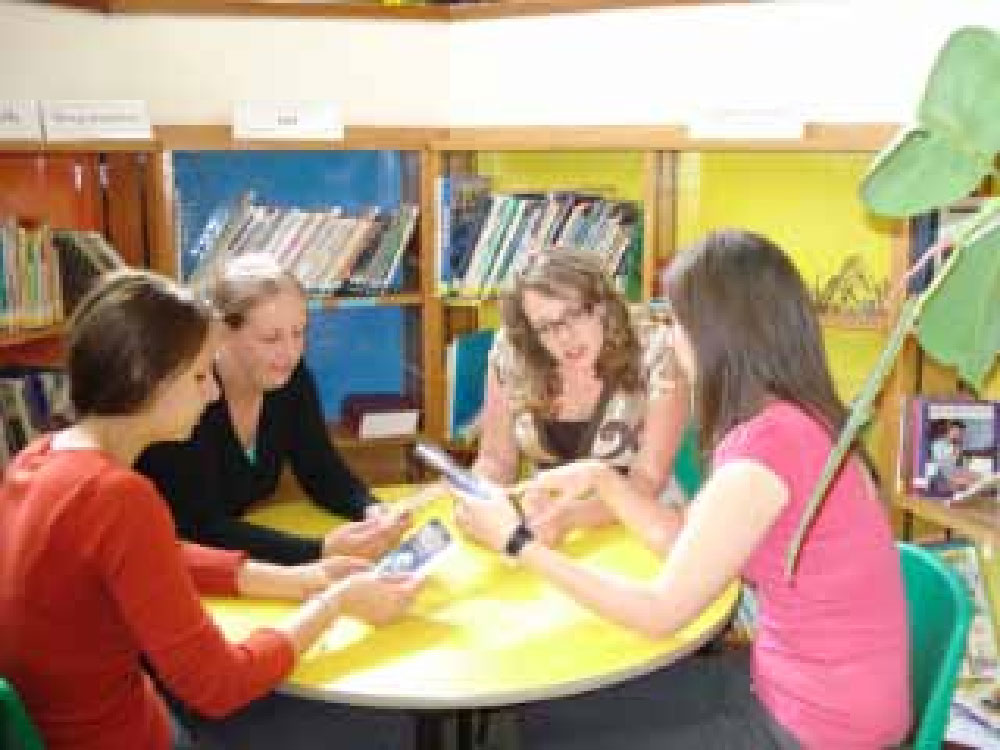How to Set up Literature Circles in the Classroom

Literature circles are a sort of book club for students in the academic set-up, and can serve as a great way to incorporate a spirit of fun in literature classes, and inculcate an enjoyment of reading and discussion among students. Easy to organise and oversee, teachers serve as nothing more than facilitators and supervisors, as students form their groups, and initiate their own discussions.
Things Required:
– 8-10 different book titles (5-6 copies of each title)
– Handouts for each role assigned
Instructions
-
1
Start by introducing the titles of the books that the students can choose to read in their literature circles – offer a wide variety of titles and genres. Students will be free to choose which books they want to read, so you will need to either conduct a survey or a book pass, to find out who is interested in reading what.
-
2
Once this is done, make groups based on the interests of the students – put together the students who are interested in reading the same book in each group, and provide each student a copy of the book they have decided to read.
Image courtesy: bostinno.com
-
3
Now it is time to explain the concept to the students. Let them know that they will be reading the book individually, but will hold weekly meetings to discuss the book and their progress.
-
4
To make the literature circle more interesting, explain that each student will have a role to perform for their respective group every time they hold meetings. Assign these roles to individual students yourself. These may include summarizer (in charge of summarising what has been read so far), travel tracker (in charge of tracking the setting of the story as it moves forward), word wizard (responsible for selecting interesting words used in the book), and discussion director (in charge of leading and maintaining the discussion). The point of this exercise is to encourage students to think as they read, and generate discussion, so feel free to come up with more roles. In order to explain this fully, give each student a handout which explains their particular role thoroughly.
Image courtesy: ite.org.uk
-
5
Lastly, draft a reading schedule, which indicates how many pages students must have read before every meeting, and the timings for the meetings they will be having. Post this schedule in the classroom, in a prominent place where every student can see and consult it with ease. Observe each group and monitor their progress carefully, but do not interfere unless absolutely necessary.







